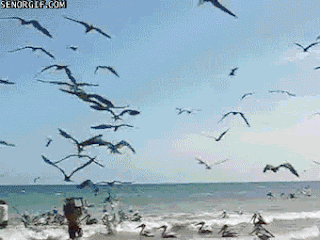The adoption by the UNESCO General Conference in October 1980 of the Recommendation for the Safeguarding and Preservation of Moving Images marked a historic moment when film, television and sound recordings became officially recognized and defined as part of the national cultural heritage in the same way textual information had been regarded for centuries.
UNESCO objective is the development of audiovisual archival infrastructure, trained professionals and accepted professional reference points to ensure the safeguard and preservation of the audiovisual heritage of humanity.
Audiovisual documents, such as films, radio and television programmes, audio and video recordings, contain the primary records of the 20th and 21st centuries.
Transcending language and cultural boundaries, appealing immediately to the eye and the ear, to the literate and illiterate, audiovisual documents have transformed society by becoming a permanent complement to the traditional written record.

















































